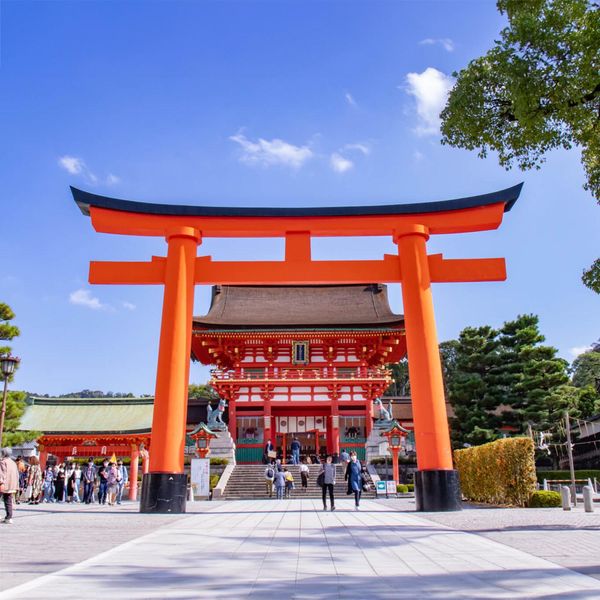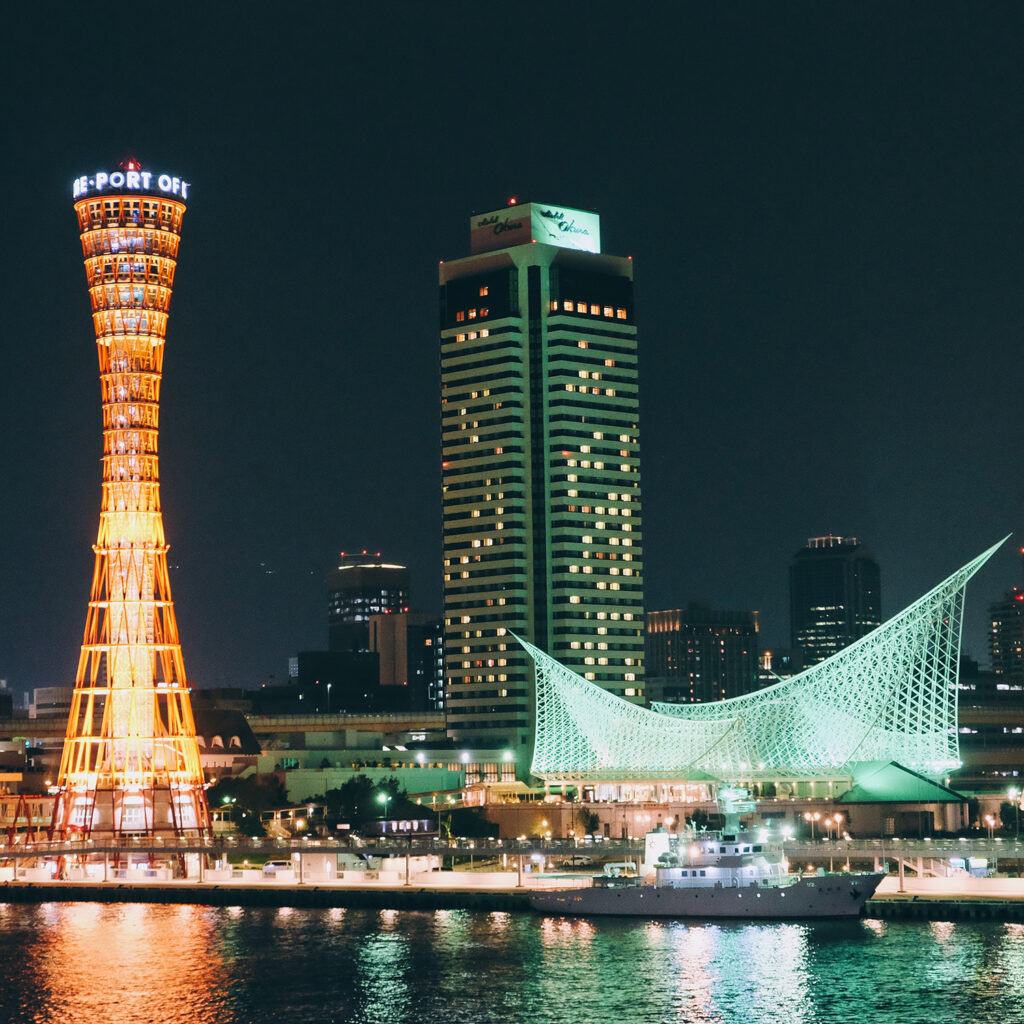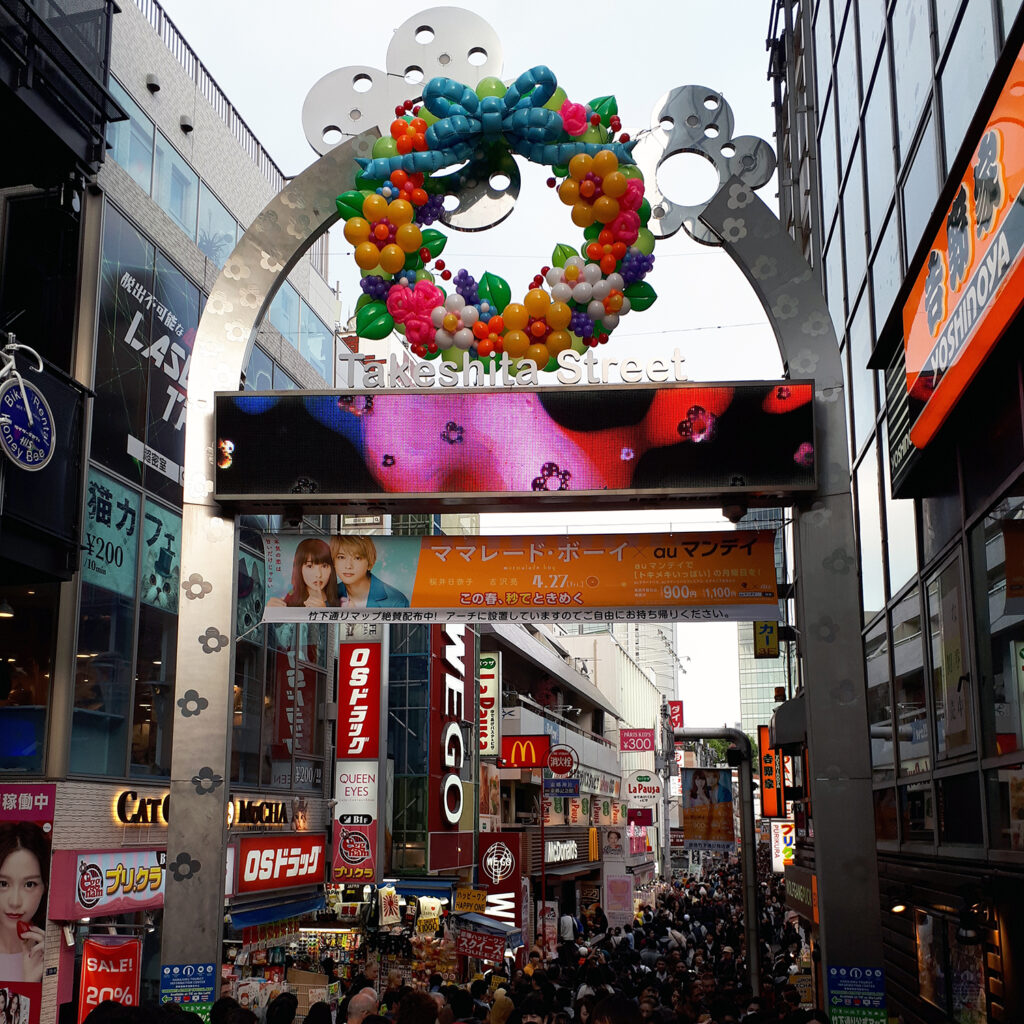Fushimi is one of eleven wards in Kyoto City, Kyoto Prefecture, Japan. It is renowned for sites such as Fushimi Inari Shrine with its thousands of torii gates, Fushimi Castle rebuilt by Toyotomi Hideyoshi, and Teradaya Inn where Sakamoto Ryōma was attacked. The district gets its name from “fusu + mizu”, meaning “hidden water” due to its underground springs. Fushimi’s water quality, essential for sake production, has helped make the region the second largest sake producer in Japan, including being home to the founding of the Gekkeikan company.
History and Context
Fushimi has a rich history dating back to the Edo period (1603-1868) and even earlier. The district prospered as a sake production center due to its superior water resources from the Uji River. Crystal clear water is essential for making sake, a traditional Japanese alcoholic beverage. For centuries, Fushimi has been home to numerous sake breweries, each bringing its own unique twist to this ancient tradition.
Temples and Sanctuaries
Fushimi is also renowned for its impressive temples and shrines. The Fushimi Inari Taisha Shrine is undoubtedly the most famous. Dedicated to Inari (稲荷神), initially the Shinto kami of cereals and more particularly rice, it is characterized by thousands of vermilion torii which create a spectacular path through the forest. Visitors can climb to the top of Mount Inari following this path, enjoying panoramic views of Kyoto city.
The Art of Sake
A visit to Fushimi wouldn’t be complete without exploring the art of sake. Sake breweries, known as “sakagura”, are numerous in the region. Visitors can take guided tours to learn the process of sake production, from fermentation to brewing. Some establishments also offer tastings, allowing visitors to savor a variety of local sake.
How to get to Fushimi ku
To get to Fushimi from Kyoto, you have several transportation options depending on your preference and location in the city.
- By train :
- Fushimi is easily accessible by train from Kyoto Station. You can take the Keihan Line from Kyoto Station and get off at Fushimi-Inari Station. The journey takes only a few minutes, and once you arrive, you can explore the neighborhood on foot.
- By bus :
- Bus lines also serve Fushimi from different areas of Kyoto. Check bus schedules and routes to choose the best option based on your location.
- On foot or by bike :
- If you are in the surrounding area, Fushimi is also accessible on foot or by bike. It’s a great way to explore the local streets and enjoy the neighborhood’s quaint charm.
- By Taxi or Car :
- Taxis are available in Kyoto, and you can also consider taking a taxi directly to Fushimi if you prefer a more private method of transportation. If you are driving, make sure you know the location of available parking in the area.
Whichever option you choose, be sure to check transportation times to suit your schedule and plan your trip accordingly. Take advantage of the trip to admire the surrounding landscapes and immerse yourself in the unique atmosphere of Fushimi.
The Fushimi district of Kyoto is much more than just a tourist destination. It is a place where history, spirituality and tradition come together to create an immersive experience. From majestic temples to quaint alleyways to the centuries-old art of sake, Fushimi invites visitors to explore Japan’s rich culture in an unforgettable way. A visit to Fushimi is a journey back in time and a deep dive into the timeless beauty of Japanese culture.



